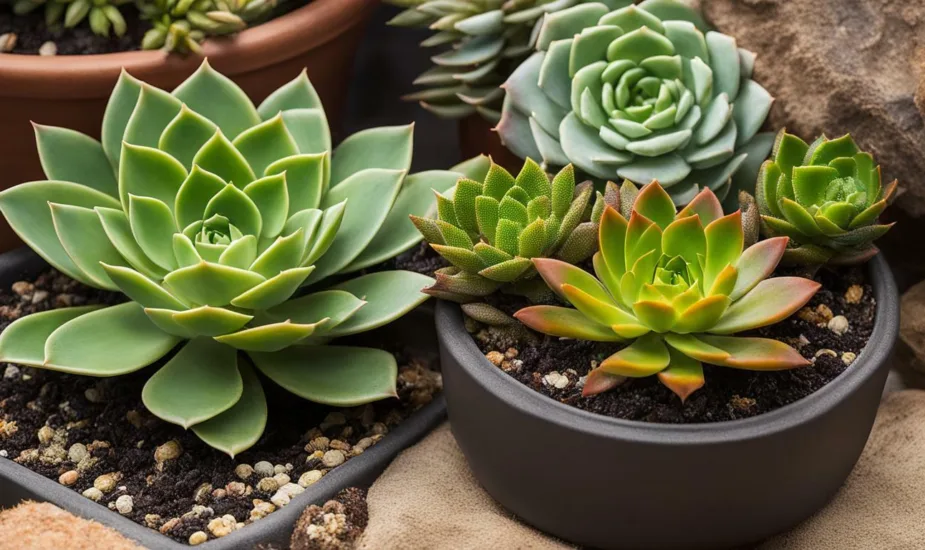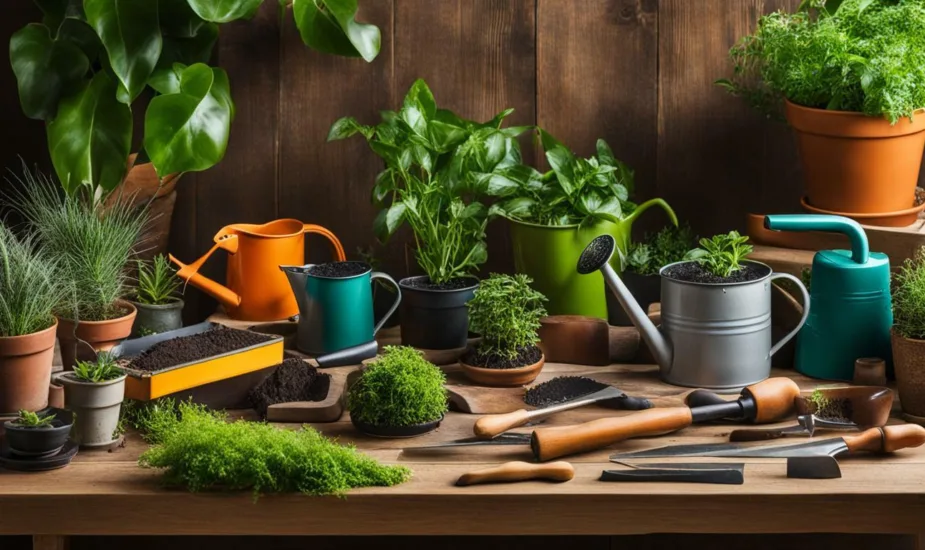How to Choose a Wheelbarrow for Comfortable Gardening
Discover how to choose the ideal wheelbarrow for your gardening and DIY projects. Tips, types, and key factors explained in this comprehensive guide.

When it comes to tackling outdoor projects, whether you’re a dedicated gardener, a DIY enthusiast, or simply someone who loves maintaining their property, having the right tools is essential. One tool that often goes overlooked but plays a crucial role in simplifying your tasks is the trusty wheelbarrow. A wheelbarrow can be your reliable companion for transporting heavy loads of soil, mulch, rocks, and more, with far less effort than carrying them by hand. In this comprehensive guide, we’ll dive into everything you need to know about choosing the perfect wheelbarrow to meet your needs.
Why the Right Wheelbarrow Matters
Before we delve into the nitty-gritty of how to choose a wheelbarrow, let’s take a moment to understand why selecting the right one is so important. A well-chosen wheelbarrow can make a world of difference in your outdoor projects. It can significantly reduce the strain on your body, save you time and energy, and ultimately make your tasks more enjoyable. On the other hand, an ill-suited wheelbarrow can lead to frustration, discomfort, and even potential injuries.
Types of Wheelbarrows
Wheelbarrows come in various types, each designed to excel in specific tasks. Here are some common types you might encounter:
- Traditional Wheelbarrows: These are the classic single-wheel wheelbarrows that you’ve likely seen for years. They are great for light to medium-duty tasks and are easy to maneuver around tight spaces.
- Two-Wheel Wheelbarrows: With two wheels at the front, these wheelbarrows offer enhanced stability and are ideal for heavier loads. They are often used in construction and landscaping.
- Garden Carts: Similar to wheelbarrows, garden carts usually have two or four wheels and a flatbed for carrying larger and bulkier loads. They are excellent for transporting plants, tools, and other gardening supplies.
- Foldable Wheelbarrows: These wheelbarrows are designed for easy storage and portability. They are a good option if you have limited space.
How to Choose the Right Wheelbarrow
Now that we understand the importance of selecting the right wheelbarrow let’s dive into the key factors to consider when making your choice:
1. Capacity:
The first thing to consider is how much weight you’ll typically be carrying. Wheelbarrows come in a range of capacities, usually measured in cubic feet or gallons. If you’re a gardener, a smaller wheelbarrow might suffice, but for construction or heavy landscaping tasks, opt for a larger capacity.
2. Material:
Wheelbarrows are made from various materials, including steel, plastic, and even wood. Each material has its pros and cons. Steel is durable but can be heavy, while plastic is lightweight and rust-resistant. Choose a material that suits your needs and the climate of your area.
3. Wheel Type:
The type of wheel plays a crucial role in maneuverability. Single-wheel wheelbarrows are more agile and better for tight spaces, while two-wheel versions offer stability and can handle heavier loads more easily.
4. Wheel Size:
Larger wheels roll more easily over rough terrain, making them ideal for uneven landscapes. Smaller wheels are better suited for smooth surfaces. Consider the terrain of your projects when choosing wheel size.
5. Handles:
Comfortable and ergonomic handles can make a significant difference in your overall experience. Look for handles with cushioning or grips that reduce strain on your hands.
6. Tire Type:
Pneumatic (air-filled) tires provide a smoother ride and better shock absorption, especially on bumpy surfaces. Flat-free tires, usually made of solid rubber, require less maintenance but might not offer the same level of cushioning.
7. Weight Distribution:
Consider the design of the wheelbarrow in terms of weight distribution. Some models have a front-heavy design, making them easier to lift, while others distribute the weight more evenly for better balance.
8. Storage and Portability:
If you have limited storage space, a foldable or stackable wheelbarrow might be a good choice. Some models also come with removable handles for easier storage.
9. Terrain and Use:
Think about the type of projects you’ll be using the wheelbarrow for. If you have a lot of heavy-duty landscaping tasks, a sturdy and durable wheelbarrow is essential. For lighter gardening work, a more lightweight option might suffice.
10. Budget:
Wheelbarrows come in a wide price range. While it’s tempting to opt for the cheapest option, investing a bit more in a quality wheelbarrow can pay off in the long run with better durability and performance.
Summary
Choosing the right wheelbarrow can greatly enhance your outdoor projects and make your tasks more efficient and enjoyable. By considering factors such as capacity, material, wheel type, and your specific needs, you can find a wheelbarrow that perfectly suits your requirements. Remember, investing in a quality wheelbarrow is an investment in the ease and success of your gardening and landscaping endeavors. Happy wheeling!
Frequently Asked Questions (FAQs)
Q: Can I use a garden cart instead of a wheelbarrow for gardening tasks?
A: Yes, garden carts are a suitable alternative for many gardening tasks, especially if you need to transport larger or bulkier items.
Q: What’s the advantage of two-wheel wheelbarrows over traditional single-wheel ones?
A: Two-wheel wheelbarrows offer enhanced stability, making them better for carrying heavier loads and navigating rough terrain.
Q: Are foldable wheelbarrows as sturdy as traditional ones?
A: Foldable wheelbarrows are designed for convenience and portability, but they might not be as robust as traditional wheelbarrows meant for heavy-duty tasks.
Q: Should I choose a steel or plastic wheelbarrow?
A: Steel wheelbarrows are more durable but heavier, while plastic ones are lightweight and rust-resistant. Consider your needs and preferences when making this choice.
Q: How do I maintain the tires of my wheelbarrow?
A: For pneumatic tires, regularly check and adjust the tire pressure. For flat-free tires, inspect them for any wear or damage and replace if necessary.
Q: Can I use a wheelbarrow for construction projects?
A: Yes, wheelbarrows are commonly used in construction to transport materials like concrete, gravel, and tools.
Q: Are there wheelbarrows specifically designed for children to use in gardening?
A: Yes, there are smaller and lighter wheelbarrows designed for kids to enjoy gardening and outdoor activities.
Q: How do I store my wheelbarrow during the winter months?
A: Store your wheelbarrow in a dry, sheltered area, away from harsh weather conditions. If possible, elevate it off the ground to prevent flat spots on the tires.
Q: Can I replace the wheels of my wheelbarrow with larger ones?
A: In some cases, you may be able to replace the wheels with larger ones, but it’s essential to ensure that the new wheels are compatible with the wheelbarrow’s design.
Q: What’s the recommended way to clean my wheelbarrow after use?
A: Use a hose or a bucket of water to rinse off dirt and debris. For stubborn stains, you can use a mild detergent and a brush. Make sure to dry it thoroughly to prevent rust.
 Little Garden Tips
Little Garden Tips












